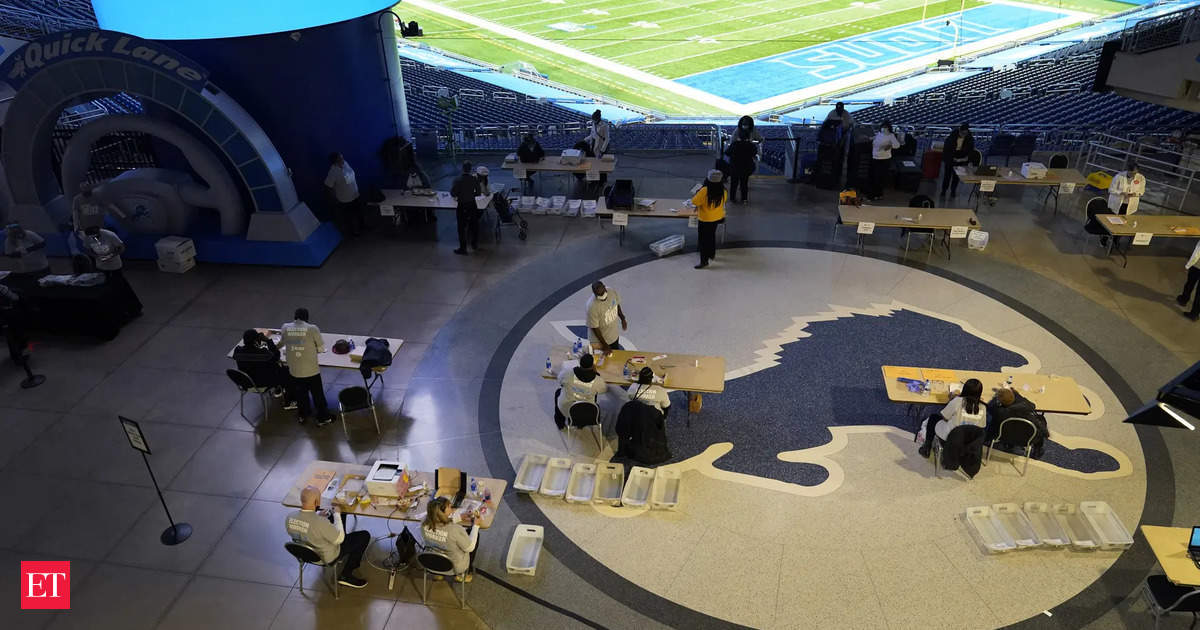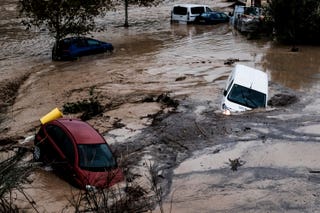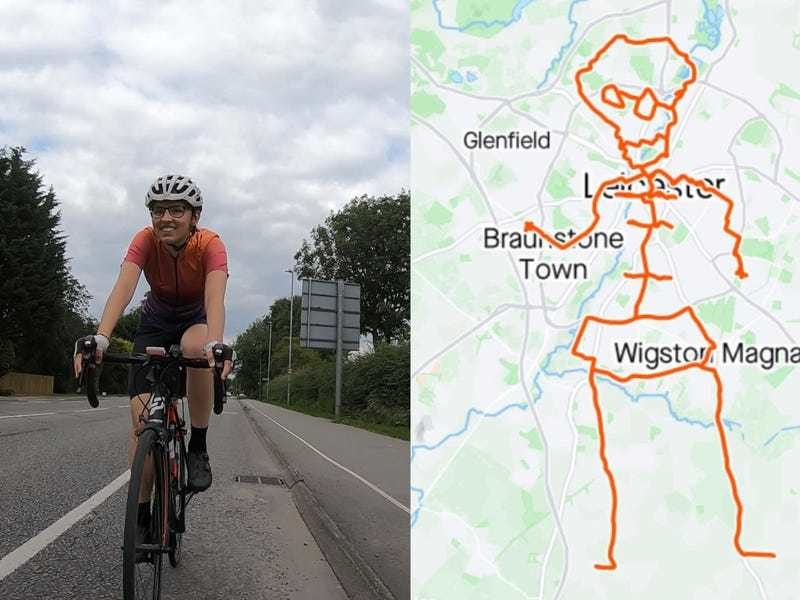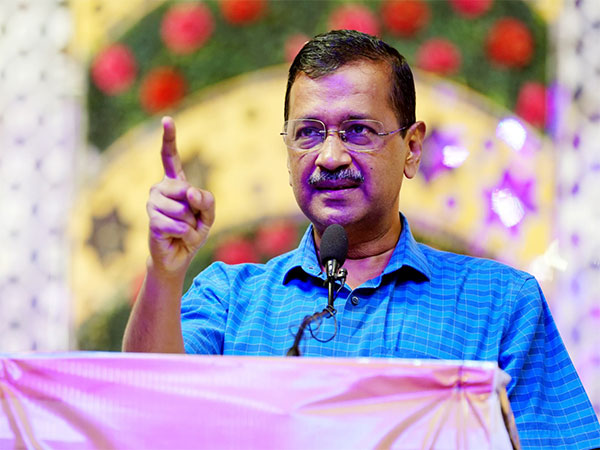
The winner of November's U.S. presidential election will govern a nation of more than 330 million people, but the contest will almost certainly be decided by just tens of thousands of voters - a tiny fraction of the populace - in a handful of states.
That's because only seven of the 50 states are truly competitive this year, with the rest all comfortably Democratic or Republican, according to public opinion polls. Among those seven battlegrounds, Pennsylvania , the most populous, stands out as the most likely state to determine whether Democrat Kamala Harris or Republican Donald Trump is the next president. The candidates' strategies reflect this reality, with the vast majority of their ad spending and campaign events directed at those seven states that swing between political parties.
Here is a closer look at why the U.S. presidential race will be decided by a small subset of Americans: Finance Budget Analysis, Forecasting & Control By - Mandar V.
Joshi, Partner and Head of Technology Implementation, Management Consulting: KPMG View Program Marketing Performance Marketing for eCommerce Brands By - Zafer Mukeri, Founder- Inara Marketers View Program Finance A2Z Of Finance: Finance Beginner Course By - elearnmarkets, Financial Education by StockEdge View Program Technology Cybersecurity Masterclass By - Gaurav Khera, Partner, Risk Advisory: Deloitte View Program Finance A2Z Of Money By - elearnmarkets, Financial Education by StockEdge View Program Artificial Intelligence(AI) Java Programming with ChatGPT: Learn using Generative AI By - Metla Sudha Sekhar, IT Specialist and Developer View Program Finance AI and Generative AI for Finance By - Hariom Tatsat, Vice President- Quantitative Analytics at Barclays View Program Legal Mastering M&A Deal Making By - Ashwath Rau, Senior Partner- AZB & Partners View Program Legal Commercial Contract and Dispute Resolution By - Mukul Sharma, Partner- Cyril Amarchand Mangaldas View Program Marketing Digital Marketing Masterclass by Pam Moore By - Pam Moore, Digital Transformation and Social Media Expert View Program Legal Digital Personal Data Protection Act 2023 By - Gaurav Khera, Partner, Risk Advisory: Deloitte View Program Web Development A Comprehensive ASP.NET Core MVC 6 Project Guide for 2024 By - Metla Sudha Sekhar, IT Specialist and Developer View Program Artificial Intelligence(AI) AI for Everyone: Understanding and Applying the Basics on Artificial Intelligence By - Ritesh Vajariya, Generative AI Expert View Program Artificial Intelligence(AI) Master in Python Language Quickly Using the ChatGPT Open AI By - Metla Sudha Sekhar, IT Specialist and Developer View Program Artificial Intelligence(AI) Mastering C++ Fundamentals with Generative AI: A Hands-On By - Metla Sudha Sekhar, IT Specialist and Developer View Program Web Development Mastering Full Stack Development: From Frontend to Backend Excellence By - Metla Sudha Sekhar, IT Specialist and Developer View Program Astrology Vastu Shastra Course By - Sachenkumar Rai, Vastu Shashtri View Program Office Productivity Mastering Microsoft Office: Word, Excel, PowerPoint, and 365 By - Metla Sudha Sekhar, IT Specialist and Developer View Program Leadership Business Storytelling Masterclass By - Ameen Haque, Founder of Storywallahs View Program Finance Financial Literacy i.e Lets Crack the Billionaire Code By - CA Rahul Gupta, CA with 10+ years of experience and Accounting Educator View Program WHY ISN'T THE ELECTION DECIDED BY THE NATIONAL POPULAR VOTE? Unlike elections for other federal candidates and statewide offices, the presidential contest is not solely based on the popular vote.
Instead, under a system known as the Electoral College , the winning candidate in each state, as well as Washington, D.C., receives that state's electoral votes, which are largely based on population.
A candidate needs to win a majority of the country's 538 electoral votes, or 270, which is possible even when losing the overall national vote, as Trump did when he won the White House in 2016. In the event of a 269-269 tie, the U.S.
House of Representatives chooses the winner, with each state's delegation getting a single vote -- a scenario that analysts say would likely favor former President Trump. If every state aside from the battlegrounds votes as expected, that would give Vice President Harris 226 electoral votes and Trump 219, with the remaining 93 up for grabs. WHICH STATES ARE CONSIDERED IN PLAY? There are seven states that could swing either way on Nov.
5: the Rust Belt trio of Michigan, Pennsylvania and Wisconsin, and the Sun Belt quartet of Arizona, Georgia, Nevada and North Carolina. Michigan, Pennsylvania and Wisconsin had served as a "blue wall" for Democratic candidates for a generation. But, in 2016, Trump narrowly carried all three, fueling his upset victory over Democrat Hillary Clinton.
Four years later, Joe Biden won the presidency after reclaiming Michigan, Wisconsin and Pennsylvania for Democrats, while also notching surprising victories in Georgia and Arizona, two states that had historically voted Republican. HOW CLOSE IS THIS ELECTION? As close as it gets. As of Oct.
16, according to a New York Times public poll tracker, all seven battleground states were in a virtual dead heat. Trump held a narrow 2-percentage -point lead in Arizona; the other six swing states were all within a point on average, the tracker showed. The race appears even closer than the 2020 contest.
That year, a shift of only 43,000 votes in three states - less than 1/3 of a percentage point of all voters nationwide - from Biden to Trump would have been enough for Trump to win reelection. WHY IS PENNSYLVANIA SO IMPORTANT? The simplest answer is that the state has 19 electoral votes, more than any other battleground. Pennsylvania is widely seen as critical to either Harris' or Trump's chances of winning the White House and is considered the most likely "tipping point" state - the one that carries a candidate past 269 electoral votes.
If Harris loses Pennsylvania, she would need to carry either North Carolina or Georgia - two states that have voted Democratic a total of three times in the last four decades - to have any chance of prevailing. Conversely, if Trump loses Pennsylvania, he would need to win either Wisconsin or Michigan, which have only voted for a Republican once since the 1980s - for Trump eight years ago. Both campaigns have treated Pennsylvania as the most important state, with Harris and Trump spending more time there than in any other.
The campaigns and their allies had spent $279.3 million in broadcast advertising in Pennsylvania through Oct. 7, more than $75 million ahead of second-place Michigan, according to the tracking firm AdImpact.
WHY IS A SINGLE DISTRICT IN NEBRASKA DRAWING SO MUCH ATTENTION? Forty-eight states award their electoral votes on a winner-take-all basis, but two states, Nebraska and Maine, allocate one electoral vote to the winner in each congressional district. In 2020, Biden won one of Nebraska's five votes, while Trump took one of Maine's four votes. The single electoral vote in Nebraska's 2nd Congressional District, centered on Omaha, is seen as competitive, though independent analysts favor Harris to win it.
Both parties have spent millions of dollars airing ads in the Omaha market. That lone vote could be crucial. If Harris wins Michigan, Pennsylvania and Wisconsin while Trump takes the other four battlegrounds - an entirely plausible outcome - Nebraska's 2nd District would determine whether the election ends in a tie or whether Harris prevails.
(You can now subscribe to our Economic Times WhatsApp channel ).










